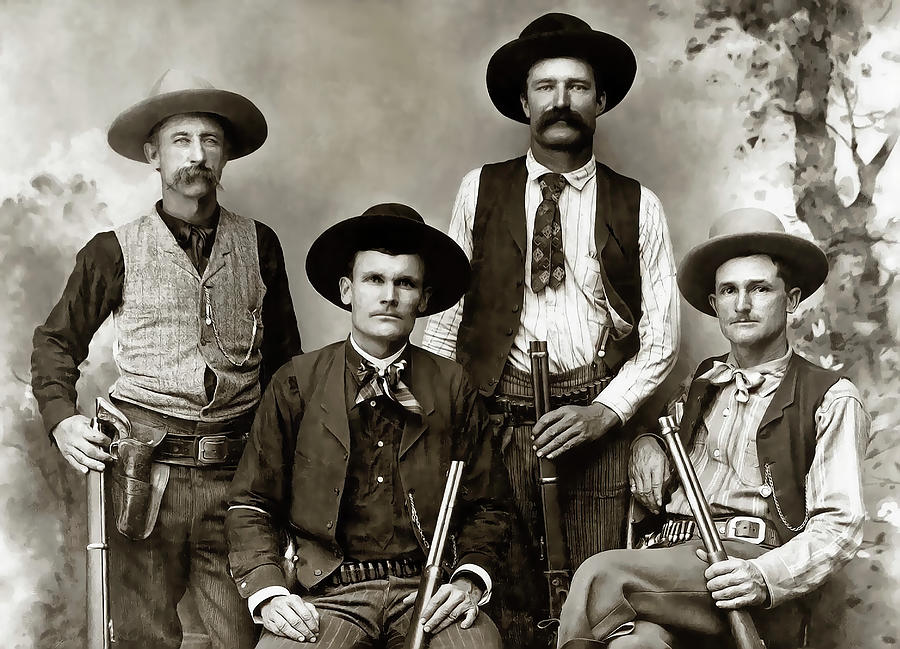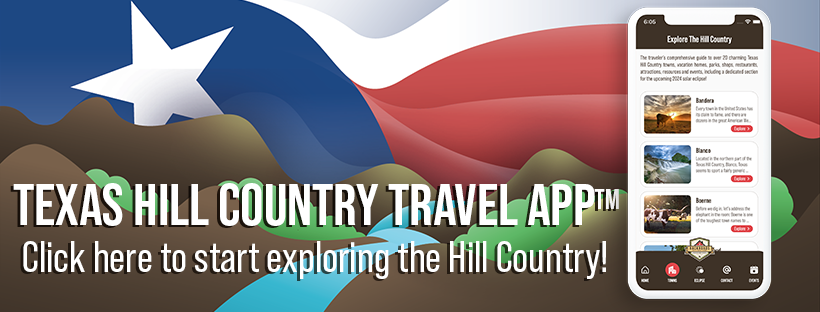The Texas Rangers in Hill Country History
From the Lone Ranger to “True Grit” to Chuck Norris, the Texas Rangers have become such an integral part of American lore that their history borders on mythology. The image of the horse-mounted, brave Texas law man dispensing justice in the turbulent Wild Wild West is a staple of the childhoods of generations of kids who holstered up their cap guns and played the virtuous cowboy against legions of outlaws. We’d like to take a moment to tip our Stetsons in tribute to the role the Hill Country played in the pantheon of the fabled Texas Rangers.

The Rangers were established in 1823 by Stephen F. Austin to protect settlers and their families immediately after the Mexican War of Independence. Officially organized in 1835, their protector’s role continued, as they acted as a barrier between bandits and Native American raiders and civilians traveling through Texas. Their knowledge of the terrain, and the personalities of the tribes they encountered, made them much more effective in this role than US Army solders who had been assigned similar duties. Thus the “get the job done” reputation of the Texas Rangers was born.
Though their history through the latter half of the 19th century was peppered with some unsavory, excessive and legally-questionable modes of behavior, their virtuous deeds ultimately outshone any negative aspects. Additionally, depending on the whim of whoever was in charge at the city, county, and state levels at any given moment, the Rangers were more or less banded and disbanded at least a dozen times. In 1935, they were instated as a division of the Texas Department of Public Safety, performing as the state’s bureau of investigation. Officially, that’s where they stand today.
As part of the Texas Rangers’ jurisdiction, the Hill Country has played a role in the institution’s rich and storied timeline. Here’s a list of some of the Hill Country-related highlights of Texas Rangers history:
- One of the most infamous skirmishes that involved Texas Rangers was the Battle of Bandera Pass near modern-day Bandera in 1841. Fifty Rangers, led by (possibly the most famous Ranger) John Coffee “Jack” Hays, battled with hundreds of Comanches at this site. Though it’s considered the turning point of the Texas-Indian Wars, they would last another 34 years.
- From the late 1840s to the late 1850s, Fort Martin Scott in Fredericksburg was used as a Texas Rangers training camp, in tandem with the US Army from 1848 to 1853.
- Once Fort Inge near Uvalde was abandoned by the US Army in 1869, it was used as a Texas Rangers camp until 1884.
- The Center Point Cemetery, located halfway between Kerrville and Comfort, is the final resting spot for more Texas Rangers than any other place in Texas; no one is exactly sure why. It has become known as the unofficial “Arlington of the Texas Rangers.” It’s likely to retain that distinction, since many modern-day Rangers have requested the cemetery as their final resting place.
- The Texas Rangers Heritage Center is located in Fredericksburg, adjacent to the site of Fort Martin Scott. The complex includes the Texas Ranger Ring of Honor, a campanile, an amphitheater and pavilion, all of which are dedicated to the history and heritage of the Texas Rangers.
The 100-years-and-counting fabled history of the Texas Rangers marches on! The next time you visit the big and beautiful Hill Country, take a side trip or two to visit some of the spots that made the Rangers what they are today.
Backroads Reservations has been helping good folks like you plan memorable trips to the Hill Country since 2001. We live here, and love our neck of the woods, and we’ve learned a lot not only as property management professionals, but also with feedback from our wonderful guests. All this has come together in our Texas Hill Country Travel App! You’ll find listings for over a thousand local businesses and attractions in over a dozen other Hill Country towns.
Discover the magic of Texas Hill Country with our Facebook Group! Whether you’ve booked a stay with Backroads Reservations, are planning your next getaway, or simply love this scenic region, our community is for you. Connect with fellow fans and celebrate the stunning beauty of the Hill Country!

